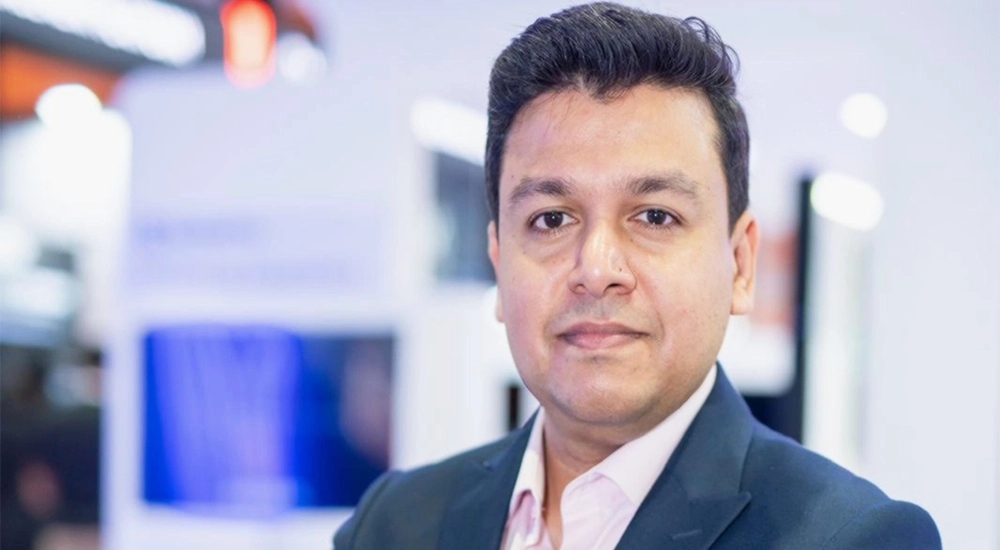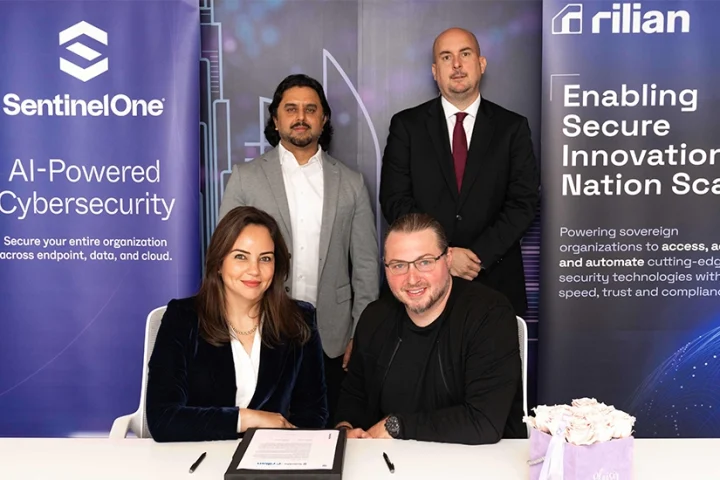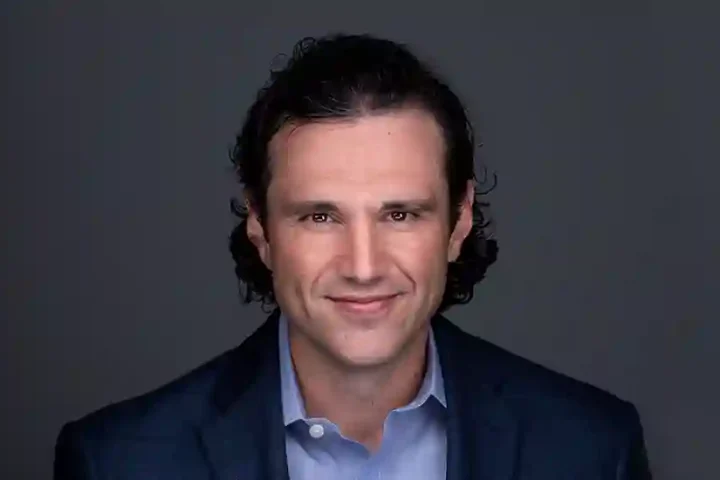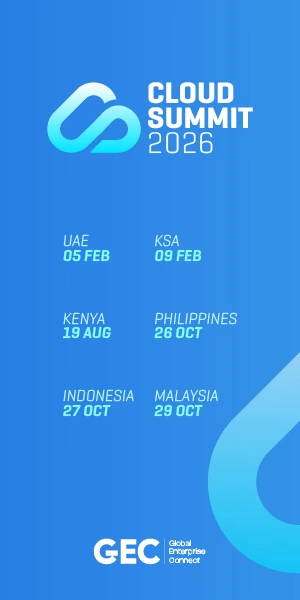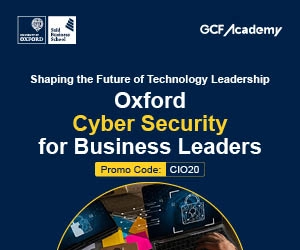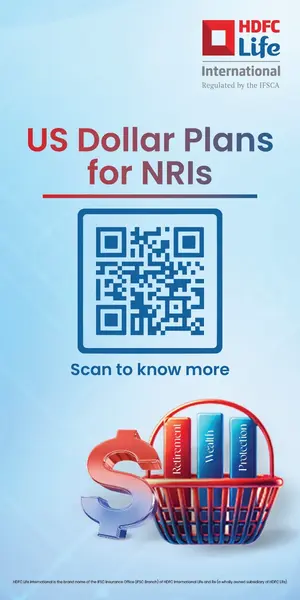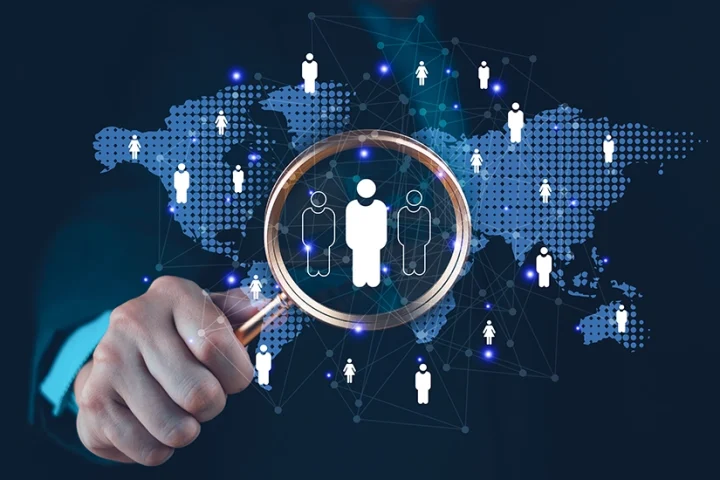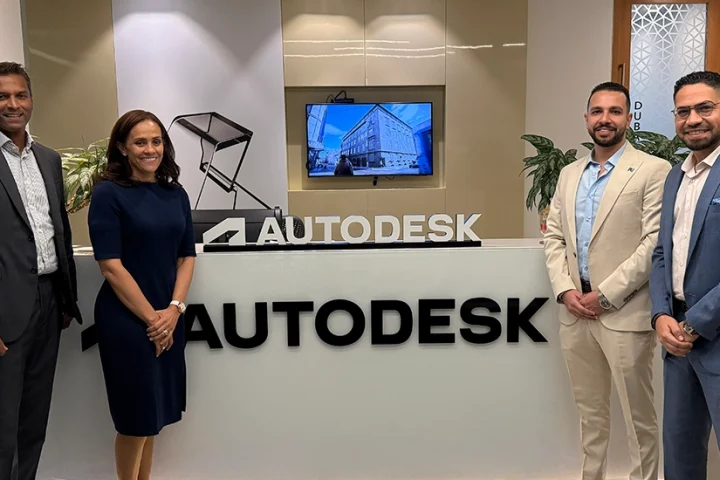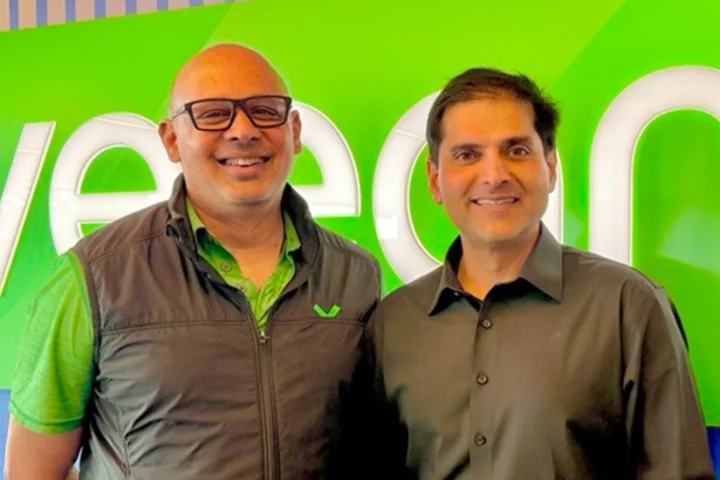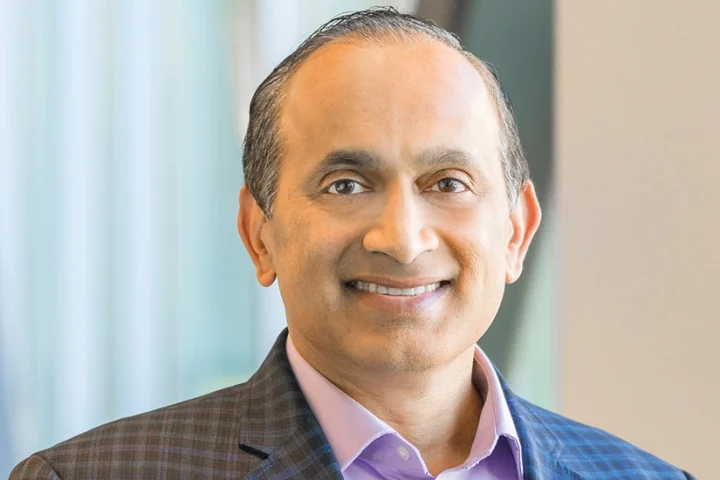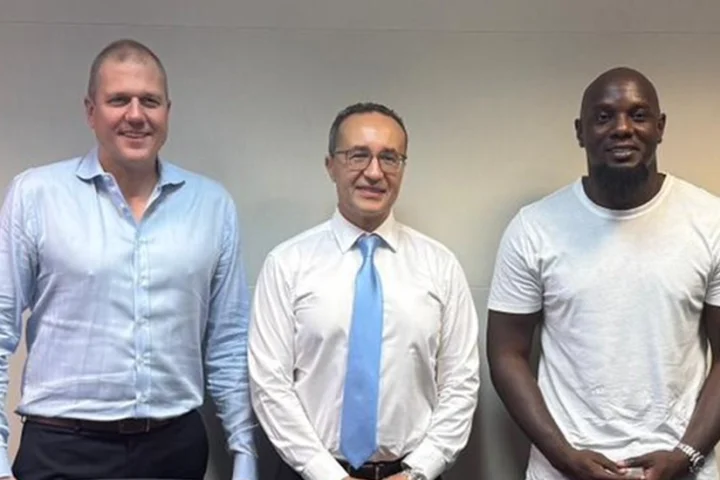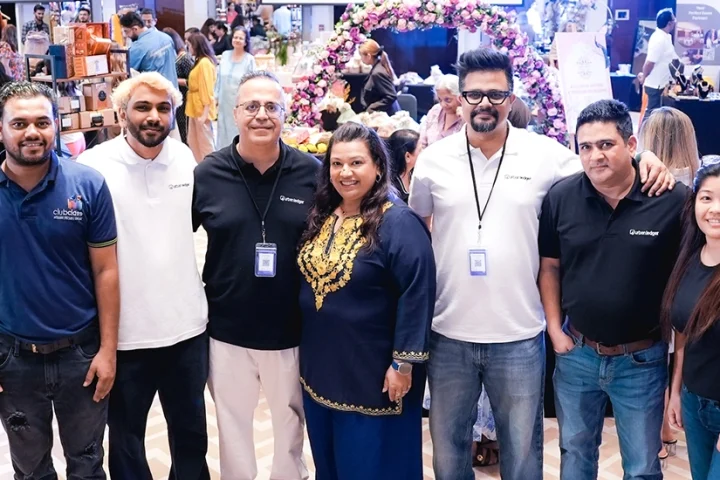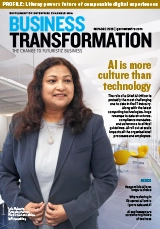As a technology solutions provider, summarise the business model and your job role in the business?
As a technology solutions provider, our business model focuses on delivering innovative cybersecurity solutions that protect organisations across endpoints, identities, and cloud workloads. We partner closely with enterprises and channel ecosystems to address evolving threats through AI-driven platforms and managed services.
As a Staff Solutions Engineer, I bridge technical capabilities with business needs, translating complex security concepts into tailored solutions that deliver measurable value. I work hand-in-hand with customers and partners to design, demonstrate, and implement SentinelOne’s platform, ensuring our technology not only defends but also empowers digital transformation and long-term resilience.
Describe the technology solution and services stacks of your business that are of relevance to your end customers?
Our technology stack is built on SentinelOne’s AI-powered cybersecurity platform, delivering autonomous, real-time protection across endpoints, cloud workloads, and identities. Core offerings include Singularity Complete for advanced EDR and Cloud Workload Protection for securing hybrid environments. Singularity Identity provides identity security by identifying vulnerabilities, detecting active threats targeting on-premises Active Directory and Entra ID.
Our Cloud Native Security includes Offensive Security Engine, Secrets Scanning, CSPM, CDR, vulnerability scanning, IaC and Kubernetes Security Posture Management. We also provide Singularity MDR for 24x7x365 expert-led coverage with industry-recognised threat hunting service. Combined with Threat Intelligence and AI-SIEM, our solutions enable real-time threat response and stronger cyber resilience.
What are the expectations of your end customers today and what are their principal challenges and pain points?
End customers expect proactive, automated, and unified security solutions that are easy to deploy, manage, and scale. They seek real-time visibility, faster threat response, and reduced operational complexity, without overwhelming their lean security teams. Their principal challenges include rising cyber threats, alert fatigue, tool sprawl, and skills shortages.
Many struggle with integrating disparate security tools, ensuring compliance, and protecting expanding attack surfaces across hybrid environments. Customers also expect solutions that not only detect threats but also enable business continuity, operational efficiency, and digital innovation in an ever-evolving threat landscape.
How does your solution and service stack help to drive innovation or transformation in end customer enterprises?
We deliver autonomous, AI-driven cybersecurity that adapts to evolving threats in real time. By consolidating multiple security functions like EDR, cloud security, identity protection, threat intelligence, and AI-powered analytics into a single platform, we eliminate complexity and accelerate decision-making. This strengthens cyber resilience and frees up resources for innovation.
Our services and solutions like Singularity MDR, and AI-SIEM enable customers to shift from reactive to proactive security, aligning protection with business agility. The result is a security foundation that supports digital transformation, facilitates trust, and enables faster adoption of new technologies and business models.
How is the relationship between business and technology heads changing inside end-user enterprises?
This relationship is evolving from siloed roles to strategic partnerships. Today, CISOs and CIOs are no longer seen as support functions but as business enablers, working closely with CEOs and line-of-business leaders to drive growth and innovation. Technology decisions are increasingly aligned with business outcomes, such as risk reduction, customer trust, and operational efficiency.
Security and IT leaders are expected to communicate value in business terms, influence strategy, and enable digital transformation. This shift demands greater collaboration, shared KPIs, and a unified vision where technology is a driver and not a barrier to business success.
In your opinion, what are the principal drivers of disruption in regional enterprises today?
The principal drivers of disruption now are accelerated digital transformation, cybersecurity threats, regulatory changes, and AI adoption. As organisations shift to hybrid work, cloud-first strategies, and smart technologies, traditional IT and security models are being challenged. Rising geopolitical tensions, economic pressures, and skills shortages further amplify the need for agile, secure, and scalable solutions.
Additionally, regional data privacy laws and compliance mandates push enterprises to rethink governance and risk management. Those who can embrace automation, resilience, and innovation will lead, while others risk being left behind in an increasingly competitive and dynamic environment.
Which aspects of your job role drive high levels of job satisfaction for you, and which aspects of your job role are challenging for you?
What drives high job satisfaction for me is the impactful nature of my role, which involves helping customers solve complex cybersecurity challenges and seeing how our solutions empower their business transformation. I enjoy translating technical innovation into real business value, building trust with clients, and contributing to their long-term resilience.
The dynamic nature of cybersecurity keeps me constantly learning and growing. However, the most challenging aspect is navigating diverse stakeholder expectations and ensuring alignment across technical and business teams, especially under tight timelines. Balancing pre-sales depth with post-sales support also requires careful prioritisation to maintain both customer satisfaction and strategic focus.
What are the skills required for your job role currently and how is this likely to change for you in the near term?
My role currently demands a blend of deep technical expertise, particularly in cybersecurity, Endpoint, cloud, Identity, and automation, combined with strong communication and consultative skills to align solutions with business needs. Critical thinking, problem-solving, and the ability to simplify complex concepts are essential, along with collaboration across sales, engineering, and customer teams.
In the near term, the role will evolve to require greater fluency in AI and data analytics, business acumen, and risk-based selling. As the industry shifts toward platform consolidation and outcome-based engagements, success will depend on our ability to deliver strategic value, not just technical features.
How do you see yourself in your career road map five years from now?
In five years, I envision myself in a strategic leadership role driving technology adoption and cybersecurity innovation at a regional or global level. I aim to evolve into a trusted advisor to C-level executives, shaping security strategies that align with business transformation.
Whether as a Director of Solutions Engineering or a regional CTO, I see myself leading high-performing teams, mentoring future talent, and influencing product direction based on real-world customer needs. My focus will remain on bridging the gap between technology and business, enabling organisations to thrive securely in an AI-driven, hyperconnected world. Growth, impact, and purpose will define my path.


